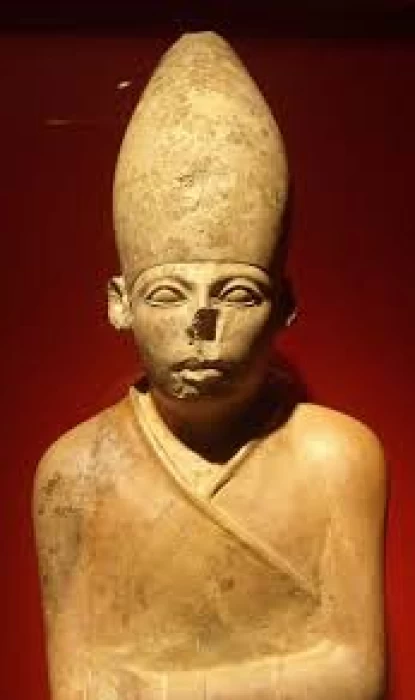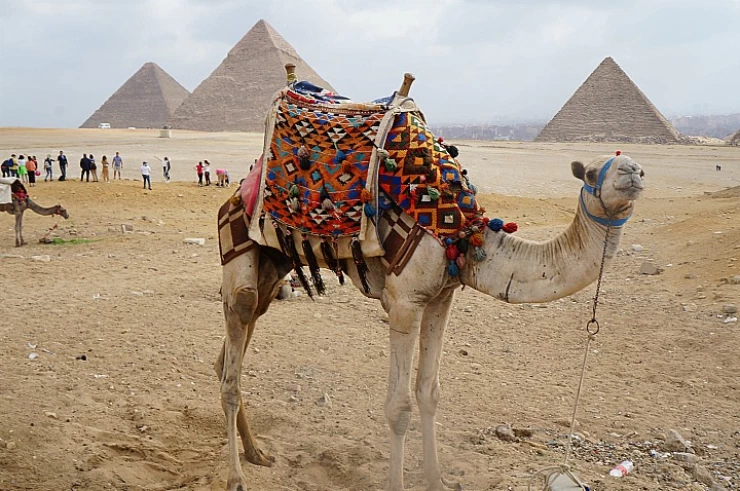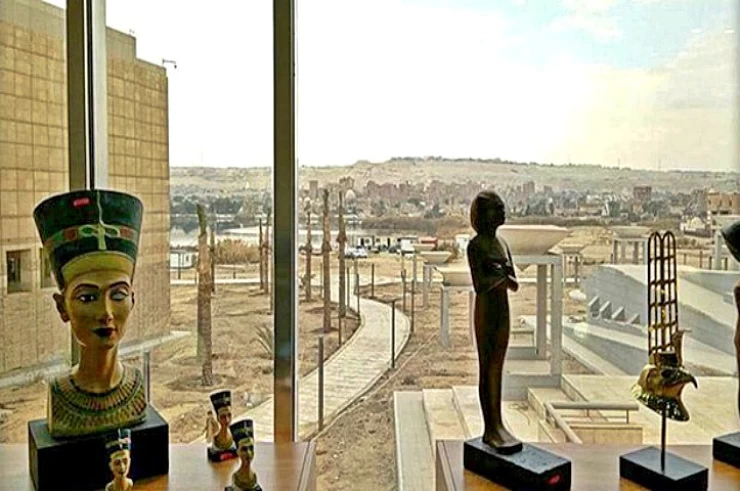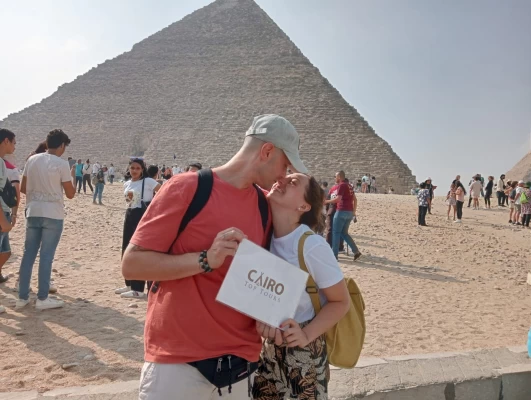
King Khasekhemwy | Pharaohs of Egypt
King Khasekhemwy |
Although better known than his immediate predecessors, even in his case there are doubts as to whether the name indicates a single ruler or two. Some serekh from the Horus Khasekhem and others from the Horus-Seth Kashekhemwy comes from the findings that took place above all in Abydos.
During the second dynasty (c. 2775–c. 2650 BCE), Khasekhemwy, also called Khasekhemui, was Egypt's sixth and last pharaoh. He is credited with ending the internal conflict of the time.
The location of this ruler in the sequence is unclear. Considering that the final king of the second dynasty is known for his military expeditions, particularly in northern Egypt,, and that the union of the Nebouy-Hotep-time with the official name can be made like Horus and Seth Khasekhemui, the Two Lords are at peace with him it is possible to consider that this king has reunited the two lands again of Lower and Upper Egypt after a period of division.
Pharaohs of Egypt
We can then assume this situation. Khasekhem (or his successor) united Egypt and changed its name by adding the name of Seth to the title as a gesture of peace after Peribsen and Khasekhemwy ruled over the two regions of Egypt simultaneously.
King Khasekhemwy: The Legacy of Egypt's Last Pharaoh of the Second Dynasty
King Khasekhemwy, one of ancient Egypt's most enigmatic and influential rulers, reigned during a transformative period in the nation's history. As the final pharaoh of Egypt's Second Dynasty, his rule marked the culmination of early dynastic innovations and the foundation for the grandeur of the Old Kingdom. Khasekhemwy's name, two powers in revelation, set his role as a unifier of Upper and Lower Egypt, a great step in consolidating the nation's identity.
Unification and Stability
Khasekhemwy ascended to the throne amidst a time of political unrest and division. Egypt had experienced periods of internal conflict between the regions of Upper and Lower Egypt, but Khasekhemwy emerged as a unifier. His efforts to bring stability are symbolized in his name, which references the duality of Egypt's regions and his ability to harmonize them.
The pharaoh's reign is also notable for its military service, with the majority of such achievements catching the eye of contemporary settlers. Furthermore, in their extensive inscriptions and commemorative artifacts, the records showed Khasekhemwy successfully put down any rebellions raised against him, as well as tightening Egypt's social, cultural, and political boundaries, providing the state with some real foundation for peace and prosperity during his given reign.
Construction and Architecture
The great king Khasekhemwy is renowned for his contributions to early Egyptian architecture. His greatest creation was that of the Shunet el-Zebib in Abydos, a huge mud-brick monument used as a funerary enclosure. This monument is considered a precursor to the grand stone pyramids of later dynasties. His design and scale show the architectural advancement of Khasekhemwy's era and his ambitious program to create a mind-boggling memorialization for him.
Khasekhemwy further developed the reigning religious customs and cultural expressions. The similar thought through the pharaoh, the God-appointed intermediator between the gods and the people, would eventually become the foundation and major influential pivot of Egyptian civilization, giving a greater form of religion and political discipline within the country for centuries to follow.
Artifacts often portray the Pharaoh with the combined crowns from two regions, with the southern Red Crown associated with Lower Egypt and the Northern White Crown associated with Upper Egypt. These were significant for the progress of art, as well as cultural continuity, because Khasekhemwy's cultural policy of joining innovation with tradition is mirrored within these artifacts.
The Eventual Greatness
The Second Dynasty was technically curtailed by the demise of King Khasekhemwy, but he laid the groundwork for Old Kingdom traditions with very good universal overtones. All his efforts towards the unification of Egypt, creating political stability, and innovation in architecture and culture would always stand in good stead for the future pharaohs.
Khasekhemwy was a ruler who crossed the vortex between the Early Dynastic period and the second great phase of building in the Old Kingdom. He was a turning point in Egyptian history in action, embodying fortitude, innovation, and the unwavering quest for unification. Today, Khasekhemwy is commemorated as being a visionary leader, whose footprints shaped the identity of ancient Egypt.

















